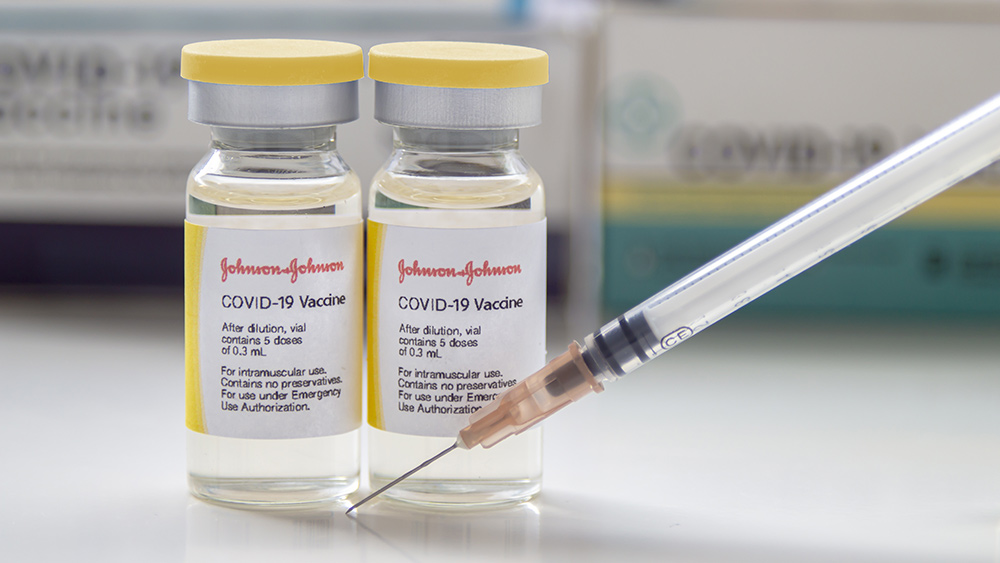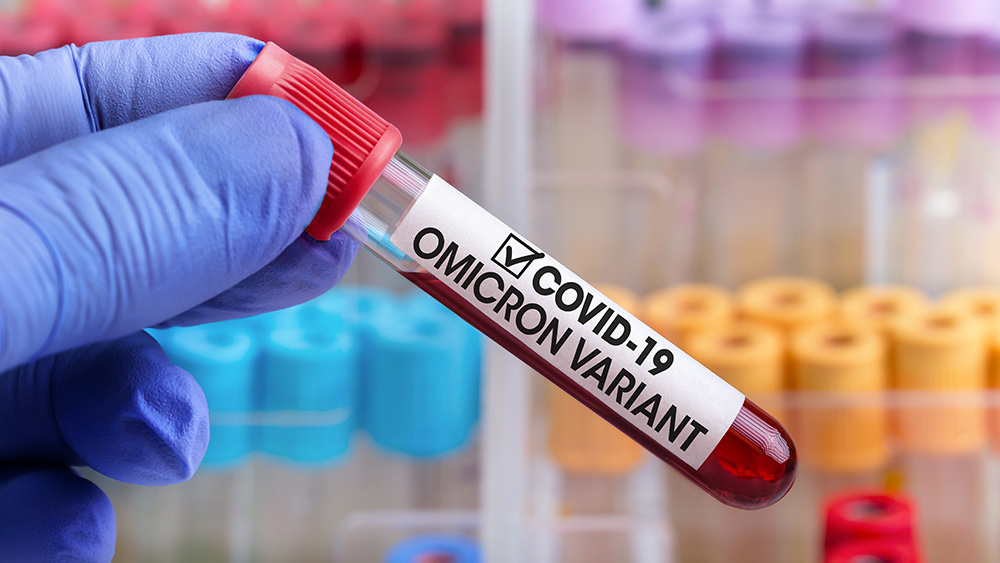Wounds on sharks are infection-free thanks to a complex germ ecosystem on the skin that prevent contamination
03/19/2021 / By Virgilio Marin

Sharks swim in dirty ocean waters that could easily cause infection, yet experts rarely see gaping shark wounds getting infected. Now, an international team of researchers has figured out what’s keeping shark wounds free from contamination.
In a study published in the journal Animal Microbiome, the researchers explained that the skin of black-tip reef sharks is teeming with a diverse community of germs that keep wounds clean. These infection-fighting microbes consist of bacteria, viruses and fungi, but the composition varies depending on the shark’s location and environment.
Exploring the infection-fighting properties of shark skin
Often observed in the wild bearing infection-free wounds, blacktip reef sharks seem to have a capacity for rapid wound healing. To learn more about this ability, the researchers examined the microbial communities in mucus samples collected from blacktip reef sharks around the Seychelles Islands in the Indian Ocean. After identifying the microbes residing on the sharks’ skin, they compared the microbial communities from different samples to detect changes in microbial composition after an injury.
There was no difference between the bacterial communities on injured and uninjured skin, which meant that there was no evidence of infection around the wounds.
“We were surprised not to find any substantial change in the skin bacterial communities,” said Claudia Pogoreutz, a marine biologist in Saudi Arabia and the lead author of the study.
“This suggests shark skin doesn’t become infected easily and that the native bacterial community of the skin can be maintained even after injury,” Pogoreutz continued.
But the researchers did find differences between the microbial communities in sharks from different locations. Though just a few miles apart, the locations could be isolated from each other by factors such as ocean currents and the tendency of blacktip reef sharks to stay in one place.
The researchers suspect that these differences reflect variations in the ambient environment, such as pollution, temperature, nutrient availability and population density. They further posit that these differences may have provided an adaptive benefit. However, it remains unclear how the skin microbial community counters infection and contribute to wound healing.
“We really need to delve deeper into bacterial functions and innate immunity of sharks to understand what is really going on and how wound healing in sharks is mediated,” said Pogoreutz.
Tooth-like structures in shark skin inhibit spread of germs
Shark skin has another advantage protecting it from disease-causing bacteria. A team of researchers found that shark skin is covered with a natural micropattern of tooth-like structures called “denticles” that inhibit the spread of microbes.
“Shark skin has a specific roughness and certain properties that deter marine organisms from attaching to the skin surface,” said Ethan Mann, a scientist at biotechnology company Sharklet Technologies.
Mann and his colleagues developed a material, which is also called Sharklet, designed with microscopic bumps similar to the scaly surface of shark skin. When they contaminated Sharklet with methicillin-resistant and susceptible Staphylococcus aureus, the novel material contained 94 and 97 percent less of these bacteria, respectively, than a smooth surface. It was also more effective than copper, a leading antimicrobial material. (Related: Scientist tests “shark-proof” wet suit by trying to get bitten on purpose.)
Mann said that Sharklet is perfect for hospital surfaces and medical devices to halt the spread of germs. It does not introduce new coatings – it merely alters the shape and texture of existing materials to create antimicrobial surface properties.
Read more studies about animals and their amazing biology at Ecology.news.
Sources include:
Tagged Under: animals, black-tip reef sharks, breakthrough, cool science, discoveries, Ecology, environment, infections, marine life, Oceans, sharks, wildlife
RECENT NEWS & ARTICLES
COPYRIGHT © 2017 RESEARCH NEWS





















